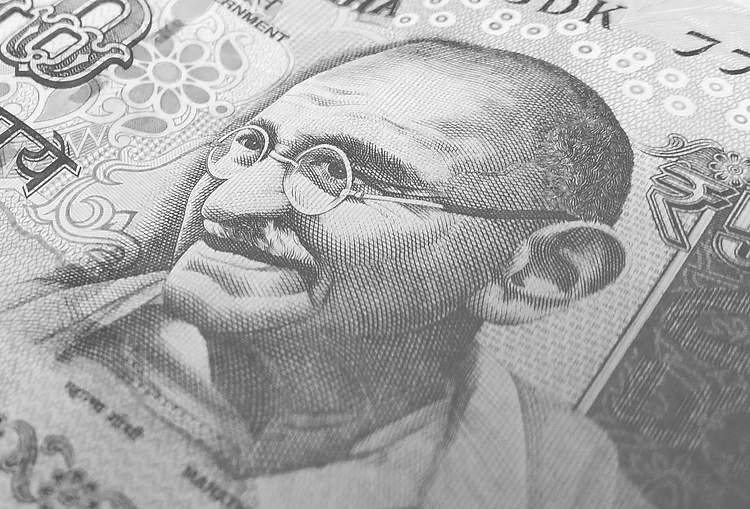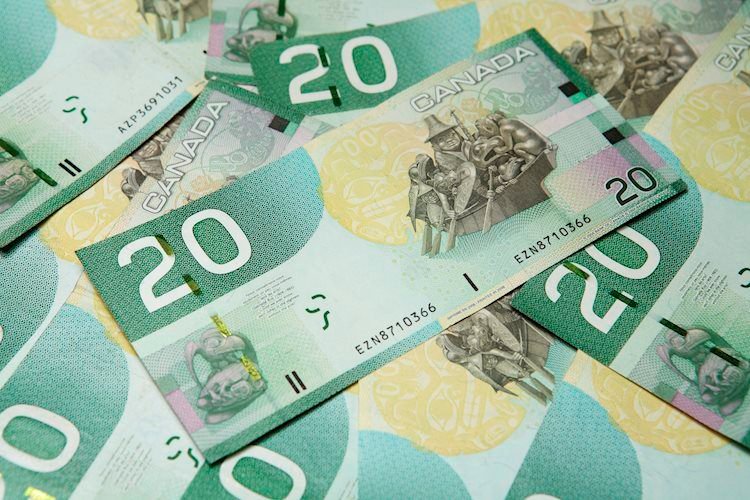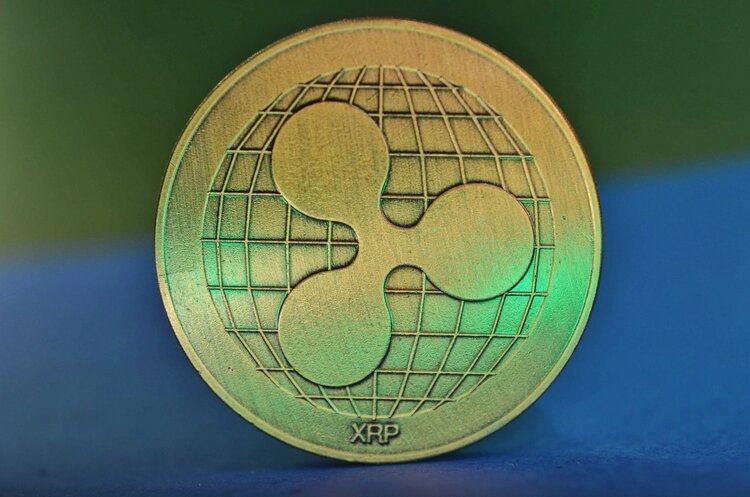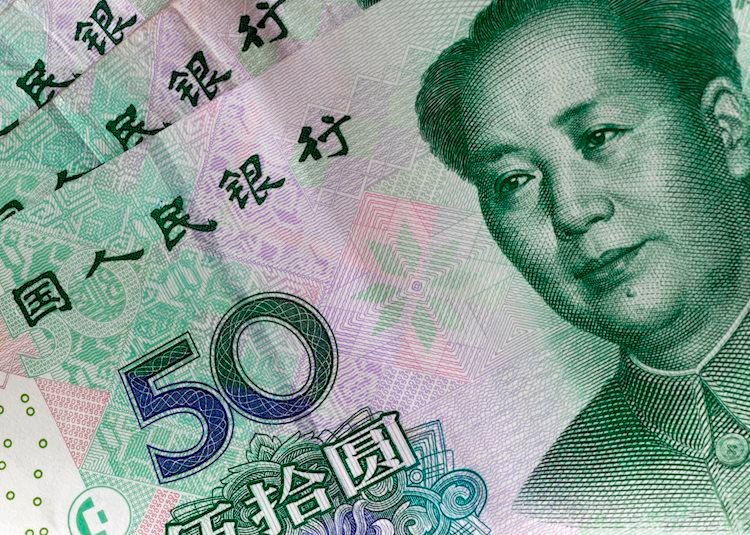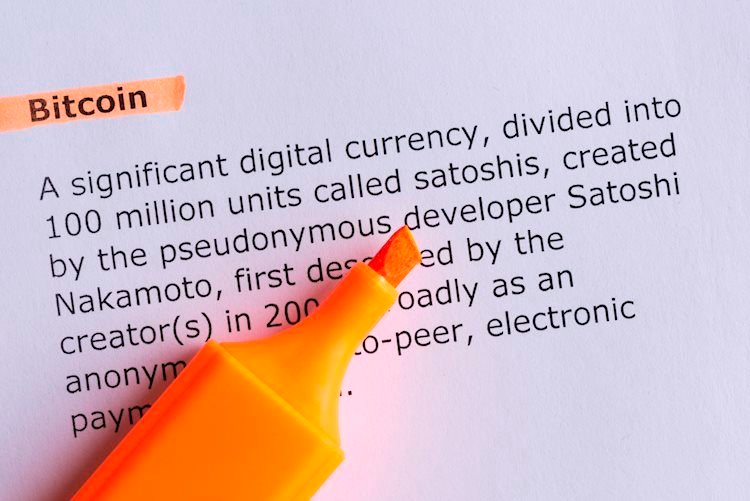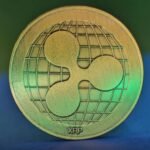- Indian Rupee recovers some lost ground on Monday, despite the firmer US Dollar.
- India’s growth and inflation dynamics might convince the RBI to hold rates higher for longer.
- The Indian HSBC Manufacturing PMI and US ISM Manufacturing PMI will be due on Monday.
Indian Rupee (INR) trades on a stronger note on Monday despite the stronger US Dollar (USD). The Reserve Bank of India (RBI) is expected to maintain a status quo on the monetary policy stance this week and is unlikely to change before the August 2024 MPC review until there is visibility on the monsoon turnout, the sustenance of the growth momentum and the US Federal Reserve’s (Fed) rate decisions,” said Aditi Nayar, chief economist, Icra.
India’s foreign capital inflows have been strong, and the country’s economic momentum is estimated to continue. While Fed officials hinted that benchmark rates would be cut in the coming months, India’s growth and inflation dynamics suggest that the RBI may hold rates high for longer. This, in turn, might provide some support to the INR and create a headwind for the USD/INR pair.
The Indian HSBC Manufacturing Purchasing Managers Index (PMI) data will be published on Monday, which is estimated to remain steady at 59.2 in March. Also, the US ISM Manufacturing PMI will be released later in the day. Moving on, the RBI interest rate decision and the US March Nonfarm Payrolls, due on Friday, will be the highlights for this week.
Daily digest market movers: Indian Rupee remains strong amid global factors
- The Reserve Bank of India (RBI) Monetary Policy Committee (MPC) is expected to keep the repo rate unchanged at 6.50% in the first policy review of 2024-25 on Friday, according to the ET poll.
- In FY25, the inclusion of India’s sovereign bonds in JPMorgan’s Government Bond Index-Emerging Markets (GBI-EM) index could bring in $30 billion in foreign inflows into India. This is expected to contribute to a rise in the Indian Rupee versus the US Dollar.
- The INR has depreciated 1.4% so far this financial year due to a weakening Chinese Yuan, excessive USD shortage in the system, higher US Dollar Index (DXY), and higher crude prices, as per Bloomberg data.
- The US Personal Consumption Expenditures Price Index (PCE) climbed 2.5% YoY in February, in line with the market consensus. The monthly PCE figure came in worse than expected, rising 0.4% MoM in the same month.
- The US Core PCE, the Fed’s preferred inflation measure, rose 2.8% YoY and 0.3% MoM in February, aligning with the market expectation.
- Investors have priced in nearly 68.5% odds of a first Fed rate cut in June, down from nearly 75% last week, according to the CME FedWatch Tool.
Technical analysis: USD/INR keeps the bullish vibe in the longer term
Indian Rupee trades firmly on the day. The positive outlook of USD/INR remains intact in the longer term since the pair rose above a nearly four-month-old descending trend channel last week.
In the near term, USD/INR holds above the key 100-day Exponential Moving Average (EMA) on the daily chart, with the 14-day Relative Strength Index lying above the 50 midline. This suggests the upward momentum of the pair and the further upside looks favorable.
The first upside barrier for USD/INR is seen at an all-time high of 83.49. A break above this level will see a rally to 84.00 (round figure). On the flip side, a high of March 21 at 83.20 acts as an initial support level for the pair, followed by 83.00 (psychological level, the 100-day EMA). Any follow-through selling below 83.00 could encourage Dollar bears to charge and see a drop to a low of March 14 at 82.80.
US Dollar price today
The table below shows the percentage change of US Dollar (USD) against listed major currencies today. US Dollar was the strongest against the Australian Dollar.
| USD | EUR | GBP | CAD | AUD | JPY | NZD | CHF | |
| USD | 0.03% | 0.02% | 0.03% | 0.12% | -0.05% | 0.07% | -0.02% | |
| EUR | -0.03% | -0.01% | 0.01% | 0.10% | -0.08% | 0.02% | -0.05% | |
| GBP | -0.02% | 0.01% | 0.01% | 0.11% | -0.08% | 0.05% | -0.05% | |
| CAD | -0.03% | 0.00% | -0.02% | 0.09% | -0.09% | 0.02% | -0.06% | |
| AUD | -0.12% | -0.09% | -0.10% | -0.10% | -0.18% | -0.07% | -0.13% | |
| JPY | 0.05% | 0.10% | 0.06% | 0.10% | 0.23% | 0.11% | 0.03% | |
| NZD | -0.08% | -0.03% | -0.04% | -0.01% | 0.08% | -0.11% | -0.09% | |
| CHF | 0.02% | 0.05% | 0.05% | 0.06% | 0.16% | -0.03% | 0.09% |
The heat map shows percentage changes of major currencies against each other. The base currency is picked from the left column, while the quote currency is picked from the top row. For example, if you pick the Euro from the left column and move along the horizontal line to the Japanese Yen, the percentage change displayed in the box will represent EUR (base)/JPY (quote).
Indian Rupee FAQs
The Indian Rupee (INR) is one of the most sensitive currencies to external factors. The price of Crude Oil (the country is highly dependent on imported Oil), the value of the US Dollar – most trade is conducted in USD – and the level of foreign investment, are all influential. Direct intervention by the Reserve Bank of India (RBI) in FX markets to keep the exchange rate stable, as well as the level of interest rates set by the RBI, are further major influencing factors on the Rupee.
The Reserve Bank of India (RBI) actively intervenes in forex markets to maintain a stable exchange rate, to help facilitate trade. In addition, the RBI tries to maintain the inflation rate at its 4% target by adjusting interest rates. Higher interest rates usually strengthen the Rupee. This is due to the role of the ‘carry trade’ in which investors borrow in countries with lower interest rates so as to place their money in countries’ offering relatively higher interest rates and profit from the difference.
Macroeconomic factors that influence the value of the Rupee include inflation, interest rates, the economic growth rate (GDP), the balance of trade, and inflows from foreign investment. A higher growth rate can lead to more overseas investment, pushing up demand for the Rupee. A less negative balance of trade will eventually lead to a stronger Rupee. Higher interest rates, especially real rates (interest rates less inflation) are also positive for the Rupee. A risk-on environment can lead to greater inflows of Foreign Direct and Indirect Investment (FDI and FII), which also benefit the Rupee.
Higher inflation, particularly, if it is comparatively higher than India’s peers, is generally negative for the currency as it reflects devaluation through oversupply. Inflation also increases the cost of exports, leading to more Rupees being sold to purchase foreign imports, which is Rupee-negative. At the same time, higher inflation usually leads to the Reserve Bank of India (RBI) raising interest rates and this can be positive for the Rupee, due to increased demand from international investors. The opposite effect is true of lower inflation.








